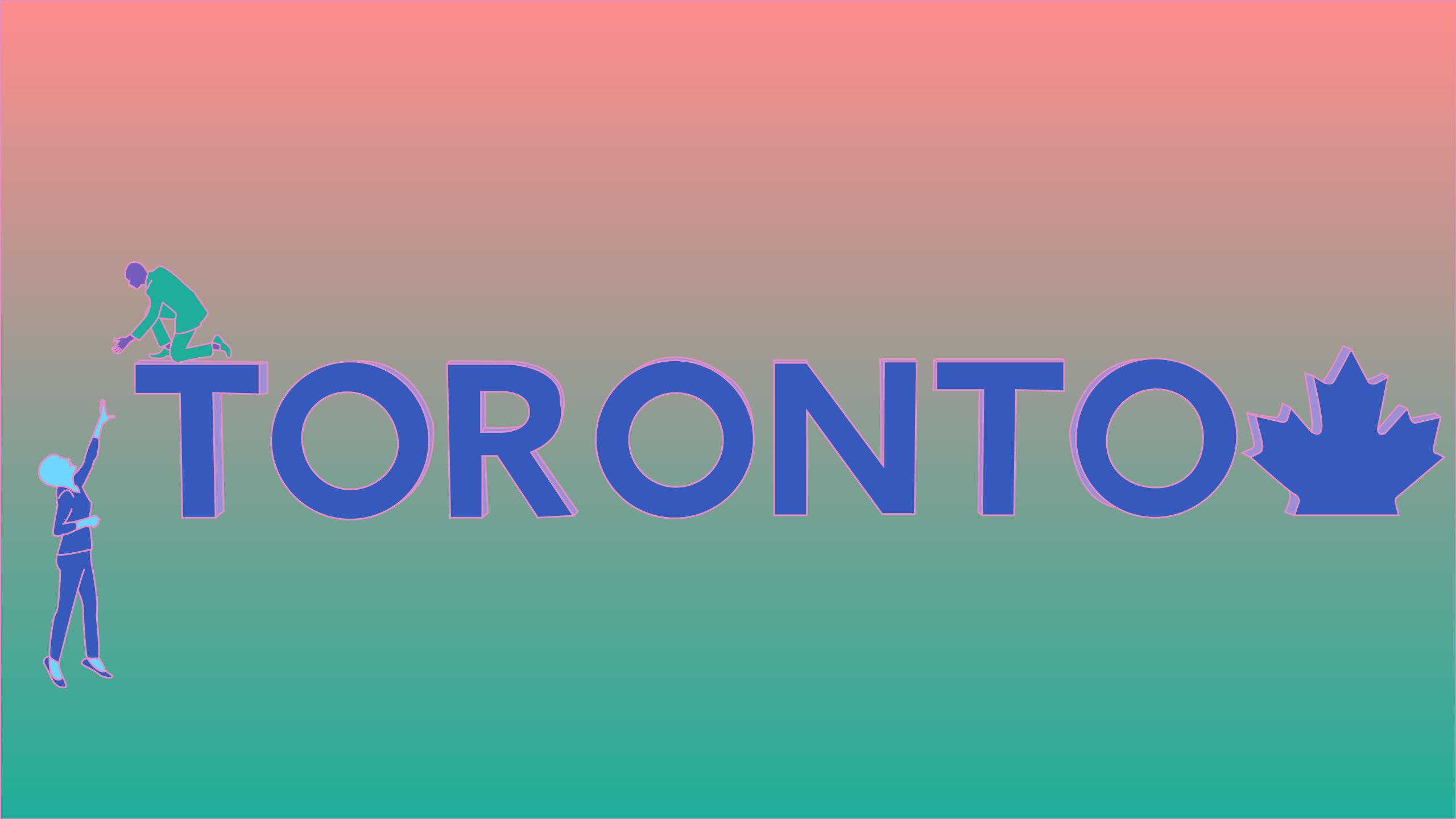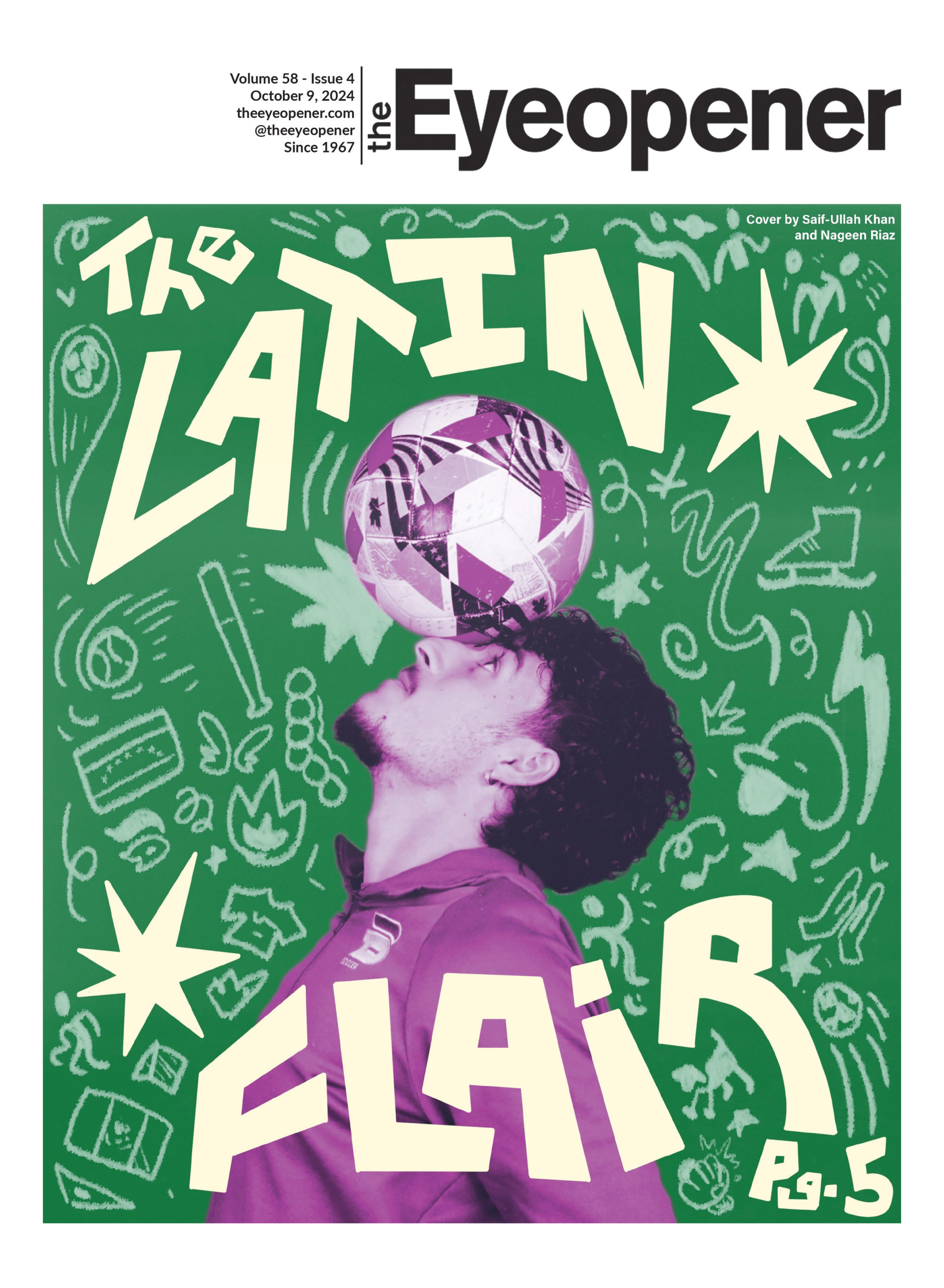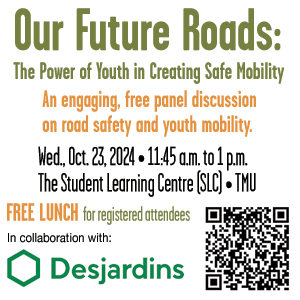A “one size fits all” approach doesn’t work for Ryerson’s diverse student population. Culturally competent therapists are working to make mental health more accessible and effective
Young people between the ages of 15 to 24 are more likely to experience mental illness than any other age group, according to statistics from the Centre for Addiction and Mental Health. At the University of Toronto, there have been three student deaths in the past two years, sparking a conversation about the need for more accessible mental health resources on campuses, The Varsity reported at the end of September.
Like any publication, at The Eyeopener, we cover mental health as often and as inclusively as we can, but we can always do more. That’s why we’ve launched an online package comprised of three feature stories where we talk to Ryerson students about less obvious aspects of mental wellbeing that affect them in their daily lives.
Read other stories from our package: Why we’re talking about mental health in-depth this week, how internships take a toll on student mental health and what students find when they turn to the internet for counselling.
Words by Randeep Mandar
My first therapist as a university student was pretty, young and friendly. She got me through the last half of my second year in Ryerson’s journalism program. Therapy was my sole out-of-apartment, out-of-campus excursion of my week at that time. I probably went to her office more than I went to my classes.
She was there for me after Ryerson’s on-campus support system failed me in my first year. Before her, I had a difficult time getting what I thought I needed to support myself. The Centre for Student Development and Counselling (CSDC) hadn’t helped me. The counsellor I met once or twice had been nice but she hadn’t really helped. She tried to get me into a closed group—one I missed—but it didn’t really help.
I even had a mentor from Ryerson’s Tri-mentoring program who had been as nice as the Ryerson counsellor. But we talked infrequently and she couldn’t assist me with the intense isolation I was feeling.
So, I had to look off-campus and I ended up meeting my first therapist. I immediately liked her.
But the summer right before my third year in 2018, I realized I wasn’t getting anywhere with the underlying issues that fed my depression and—more importantly—my social anxiety. I began to realize that however nice my therapist had been, she didn’t really understand how my Punjabi-Indian Sikh family background clashed with my Canadian social life in university. I didn’t feel comfortable telling her about my family, in fear that she would misinterpret the specific ways my culture has impacted how I related to my family members. To put it simply, I was scared she wouldn’t understand.
I left that therapist in the start of third year and decided to find a new one. But as I scrolled through Psychology Today, which lists counsellors or therapists based on your postal code and area, I could only find two therapists who fit the description I was looking for: someone who could understand my experience as a racialized child of immigrants. It was shocking to realize that in one of the most diverse cities in North America, I had trouble finding financially accessible, culturally-competent therapists who are equipped to understand my experiences.
Studies show I’m not alone. According to a 2017 article from the Health Canada-funded Mental Health Commission of Canada (MHCC), many young people have difficulties finding service providers who share their background, whether it’s racial, ethnic, religious, cultural or linguistic. This means “culturally safe and appropriate support can be hard to find,” the article states.
She didn’t really understand how my Punjabi-Indian Sikh family background clashed with my Canadian social life
The article also recommends that for mental health to be more accessible, there needs to be foundational changes like taking into consideration intersectionality, individual identities, social and cultural contexts. Under this recommendation, the authors write that there is a need for services for teenagers and young adults that take into account how their identities and life circumstances intersect with their mental health.
Nabeel Rahman knows the importance of cultural competency in helping racialized, marginalized and newcomer communities deal with mental health issues. The 2012 Ryerson grad spoke at TedxUnionville about this topic with the presentation “Through Racialized Lens” and has had 10 years of experience working in racialized, marginalized and newcomer communities as a social worker. That’s part of the reason why he decided to open a private counselling service that’s open one day a week. He opened Positive Thought Counselling less than a month ago.
“Right now, I work primarily from the lens of assisting individuals of colour, understanding the stigma that might exist in relation to people that approach even looking at mental health as something that they need support for,” he says.
He adds that this includes looking at ways in which he can incorporate “cultural competency” for clients in order to get a clearer and more diverse perspectives that arise from different cultural backgrounds.
“Cultural competency” or “cultural competence” is defined by the American organization, National Association of Social Workers (NASW) as a process of “integration and transformation of knowledge about individuals and groups of people into specific standards, policies, practices, and attitudes used in appropriate cultural settings to increase the quality of services.”
The other reason why Rahman opened his practice is equally as pressing as cultural competency—he saw that he had the skills and ability to be one of the few male counsellors of colour in Toronto.
He came to this conclusion after working extensively as a social worker in racialized, marginalized or newcomer communities and youth around the GTA.
While he is trying to fill this gap, Rahman makes it clear that are other resources that can help with mental health well-being, especially for newcomer youth. Those resources include community programs designed to help with issues around “isolation” or even having a mentor that shares the same background as a marginalized student.
At Ryerson, the Tri-Mentoring program matches incoming, first-year students to older students who mentor them. Beyond being matched based on programs and faculties, students have the option to identify their ethnicity or sexuality. There are also group mentoring sessions for Muslim Women Students, Latinx/Hispanic or Spanish Speaking Students, LGBTQ+ and Mature Students, among others.
“The thing with young people is that they’re experiencing so much transition in their own life,” Rahman says. “ In that sense, because they are experiencing that flux and that transition, it might make it easier for people to connect with them in that level.”
“But, they might not even know what’s available, or they might not even have the resources to pay, for example, for some of these supports.”
There’s one key barrier to accessing these resources: a lack of awareness.
Another barrier for students—especially for racialized, marginalized, international or newcomer students—in getting help is that the very first resource they are often aware of, Ryerson’s CSDC, is not adequate to serve their needs.
Olivia Roberts* isn’t a person of colour—she identifies as white and straight. But she was a student in transition. In the fall of 2018, the now second-year student transferred from a small Albertan university to Ryerson. At her previous university, she had a solid support system with an university-employed psychologist who she worked well with.
“The thing with young people is that they’re experiencing so much transition in their own life”
Due to this, Roberts already knew what her diagnosis was, post-traumatic stress disorder (PTSD), depression and anxiety—the medication that she needed and the model of therapy that worked well for her. Since she had already navigated a university mental health system, she optimistically thought it would help with her integration with the Centre for Student Development and Counselling (CSDC) at Ryerson.
But it didn’t. What she found at Ryerson was a system that was overbooked, had lengthy waitlists and from what it appeared to her at the moment, understaffed. The counsellors she did get to meet insisted that she didn’t need to get on its waitlist and that one of the group therapy groups would be useful for her.
The closed group they referred her, for students with PTSD, didn’t fit in with her work schedule, though. When she saw the counsellors again, they gave her a cost-effective resource list of clinics and off-campus counsellors. These resources, however, too were overbooked, had a lengthy waitlist and seemed to be understaffed. They were also too expensive.
“There’s a lot of great therapists, but we’re students. And when it comes down to paying for food or therapy—of course I would pay for food,” she says.
International students face unique challenges in accessing mental health resources on campus.
A 2017 study “Supporting international students through strengthening their social services” by professor Nancy Arthur from the University of Calgary discusses this in depth. She writes that international students may need resources to “problem-solve” and “deal with the perceived demands of cross-cultural adjustment and culture shock.”
She also writes that some international students might not be “familiar with counselling or may be concerned with the stigma associated with accessing mental health services.”
Even more importantly, “[i]t is imperative that counsellors are prepared with multicultural counselling competencies for accessing cultural influences on presenting issues and for designing and delivering responsive interventions with international students. Otherwise, students may not initiate or persist with counselling.”
If a campus doesn’t have solid services for international students, there’s still the issue that domestic or local marginalized students can face with off-campus counselling: financial issues.
“While some international students might have the resources financially, others might not. There’s a great disparity in the experiences of an international student,” Rahman explains. “They might feel like they will feel overloaded, like it’s like anybody transitioning in so many different levels of their life will feel overwhelmed and so not knowing that you can actually see counselling and support.”
He says that it’s possible that universities and counsellors working in the field could do a better job raising awareness of the community supports that are available.
“It just helps because sometimes their life becomes whatever the campus life is. The idea of integration is that there’s much more than just your academic setting or your school.”
I still remember the difficult times I’ve had, about how many weekends I spent locked up in my dorm room, not eating because I felt so depressed. How many classes I’ve missed. The people I could have made friends with or interviewed if I wasn’t so anxious. Most of all, I think about how lacking the mental health system is—not just at the CSDC but all of Toronto.
I know my story isn’t the only one.
Students of a variety of backgrounds and personal histories are looking for adequate mental health resources—especially those who we often let slip through the cracks, like racialized students, marginalized students, international students, newcomer students and students who have complex mental health issues.
Because of my experiences, I know that these issues can’t be “cured” by a-catch-all therapy group or by counsellor who doesn’t actually understand their culture or experiences.
*Name has been changed










Leave a Reply